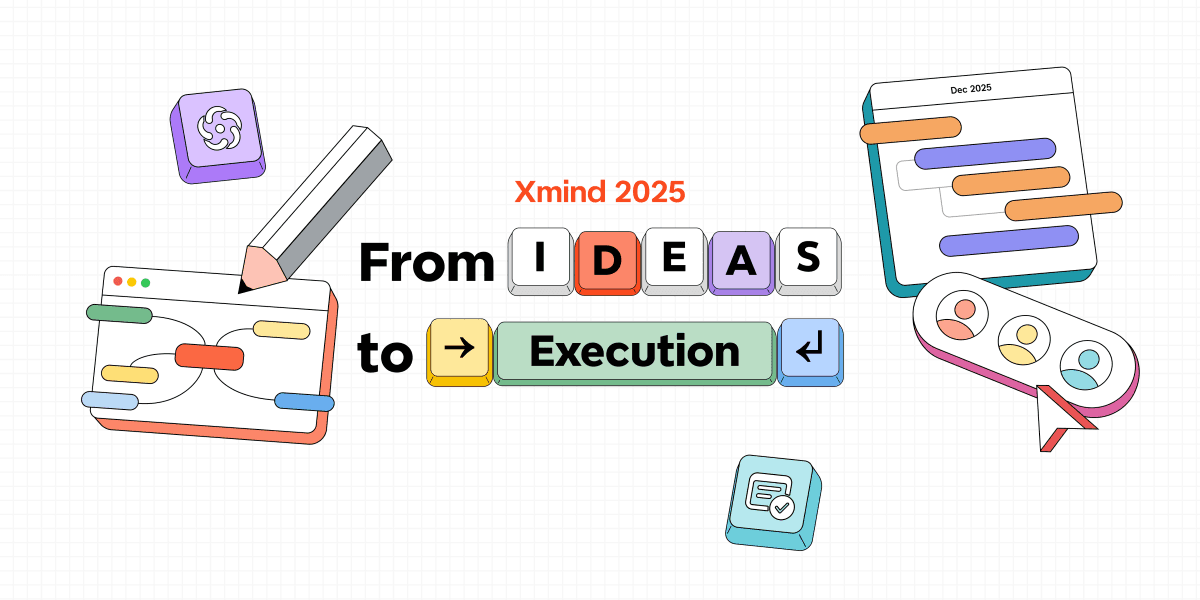2021年6月21日
使用魚骨圖分解、分析和識別原因
載入中...
識別我們可以測試以改進流程或問題的變化是一個常見的挑戰,對於個人、團隊和企業都是如此。
使用因果圖,又稱為魚骨圖,因為它類似魚的骨頭,來探索和展示某種效果的可能原因。
今天,我們將了解什麼是魚骨圖,並將其應用於發現現有問題的潛在解決方案。
什麼是魚骨圖
魚骨圖也叫石川圖,因為它最初是由東京大學的石川馨用作品質控制的基本工具。直到今天,此圖仍被認為是七個基本质量控制工具的一部分。
讓我們更深入地了解魚骨圖。
魚骨圖的頭部是問題本身,而每根骨頭連接到其脊柱表示問題的潛在原因的類別。您也可以根據情況決定這些類別。類別可以視作產品、過程或任何阻止您達到完美的變量。
魚骨圖中常用的類別有6種。

魚骨圖幫助您確定變量,以便您可以找到方法來處理它們,並穩步接近您的目標。
如何在Xmind中創建魚骨圖
步驟 1:在彈出窗口中選擇魚骨圖。

步驟 2:傳統魚骨圖的頭部通常位於頁面的右側。您可以更改結構,或者保持不變。

步驟 3:在嘴裡的框中寫下問題陳述,並決定您認為可能包含問題潛在原因的類別。

歸類潛在原因的過程可能對幫助您分解複雜問題,並從各種角度集中注意力非常有用。
步驟 4:根據類別生成原因清單。

您可以不斷問自己為什麼,直到達到有用的細節層次。那時,原因已足夠具體,可以測試改變並測量其效果。
何時使用魚骨圖
有問題的地方就有魚骨圖。
您可以在以下活動中使用魚骨圖:
1. 分析問題並識別潛在原因。


2. 發掘流程的瓶頸。

3. 優化解決方案/策略。

畫一張魚骨圖並不難,但深入探究各種原因卻很難。在最新的Xmind中,我們改進了魚骨圖的佈局,並優化了發掘問題原因的邏輯,幫助您在分析問題時集中精力,並始終保持動力。
參考資料
https://www.henryharvin.com/blog/all-you-need-to-know-about-fishbone-diagram-in-2020/











